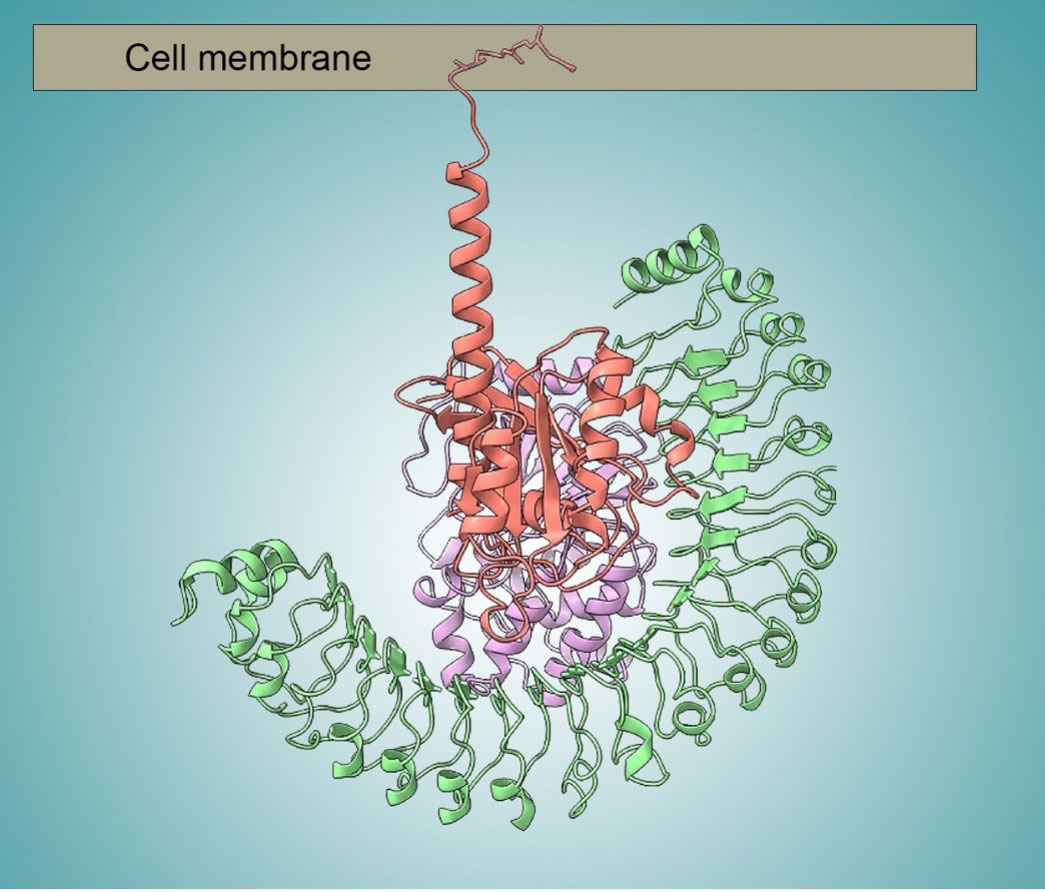
Protein Structures Signal Fresh Targets for Anticancer Drugs
Three proteins work together to transmit signals for cell division, revealing new targets for cancer-fighting drugs.

Three proteins work together to transmit signals for cell division, revealing new targets for cancer-fighting drugs.
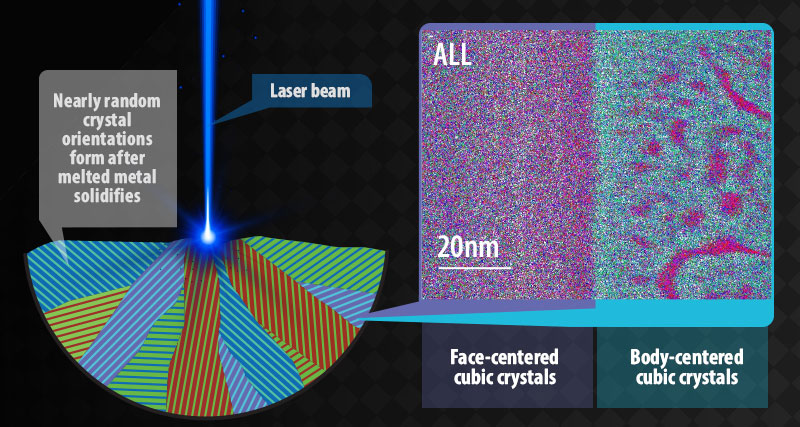
Laser-based additive manufacturing produces high-entropy alloys that are stronger and less likely to fracture.
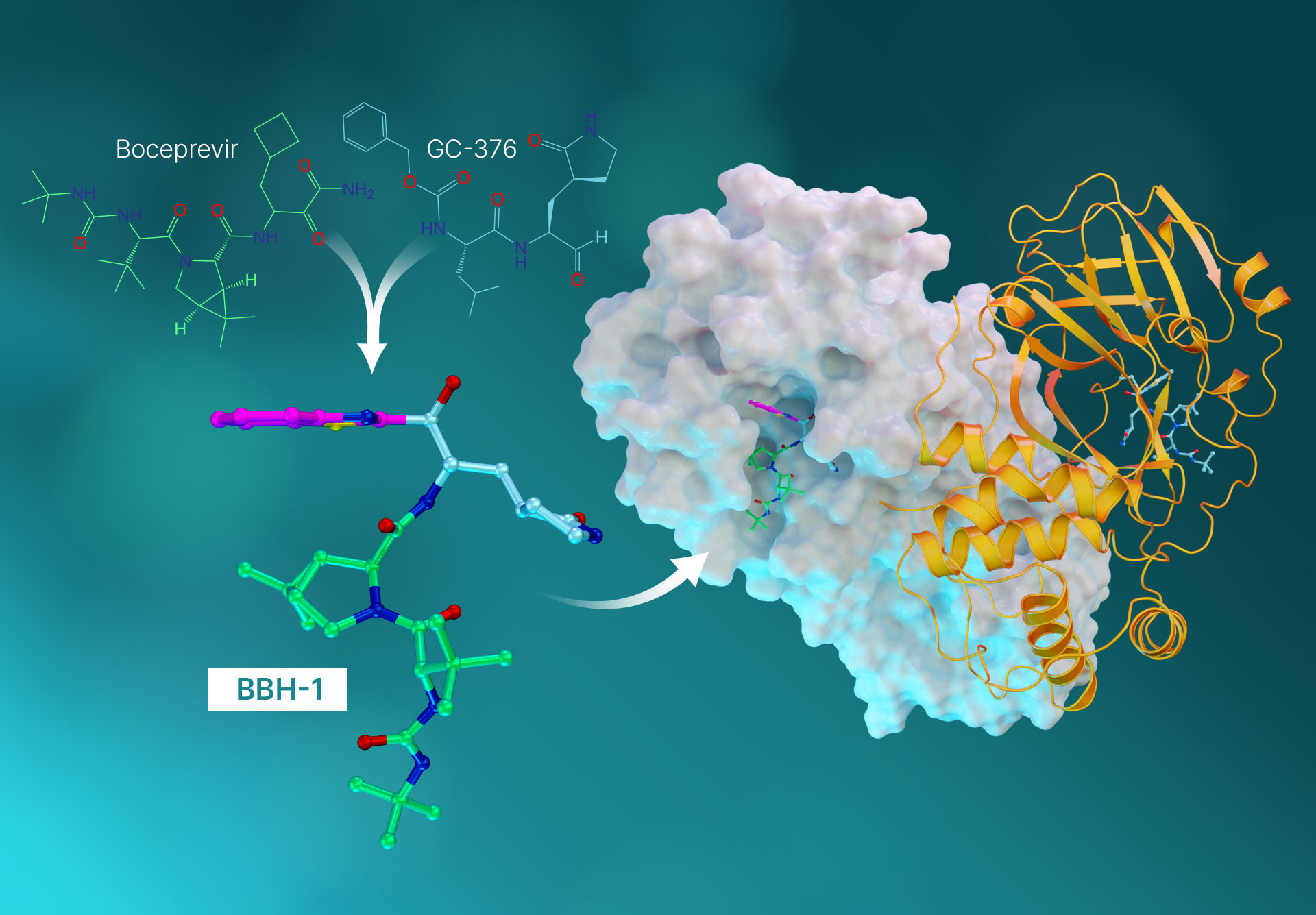
Solving atomic structure and binding for improved antiviral drugs.
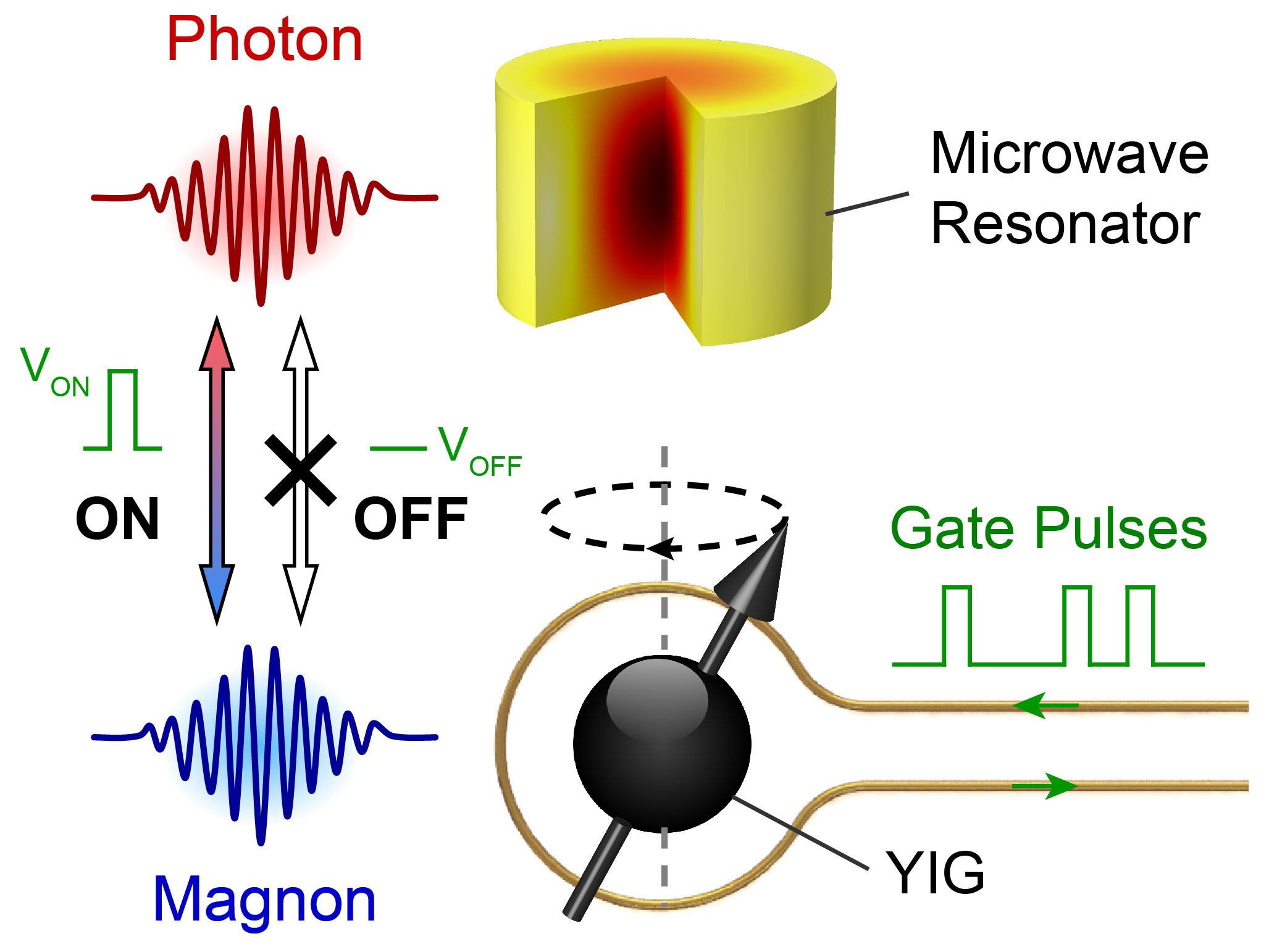
New gate design leads to fast coherent control of novel electromagnonics devices.
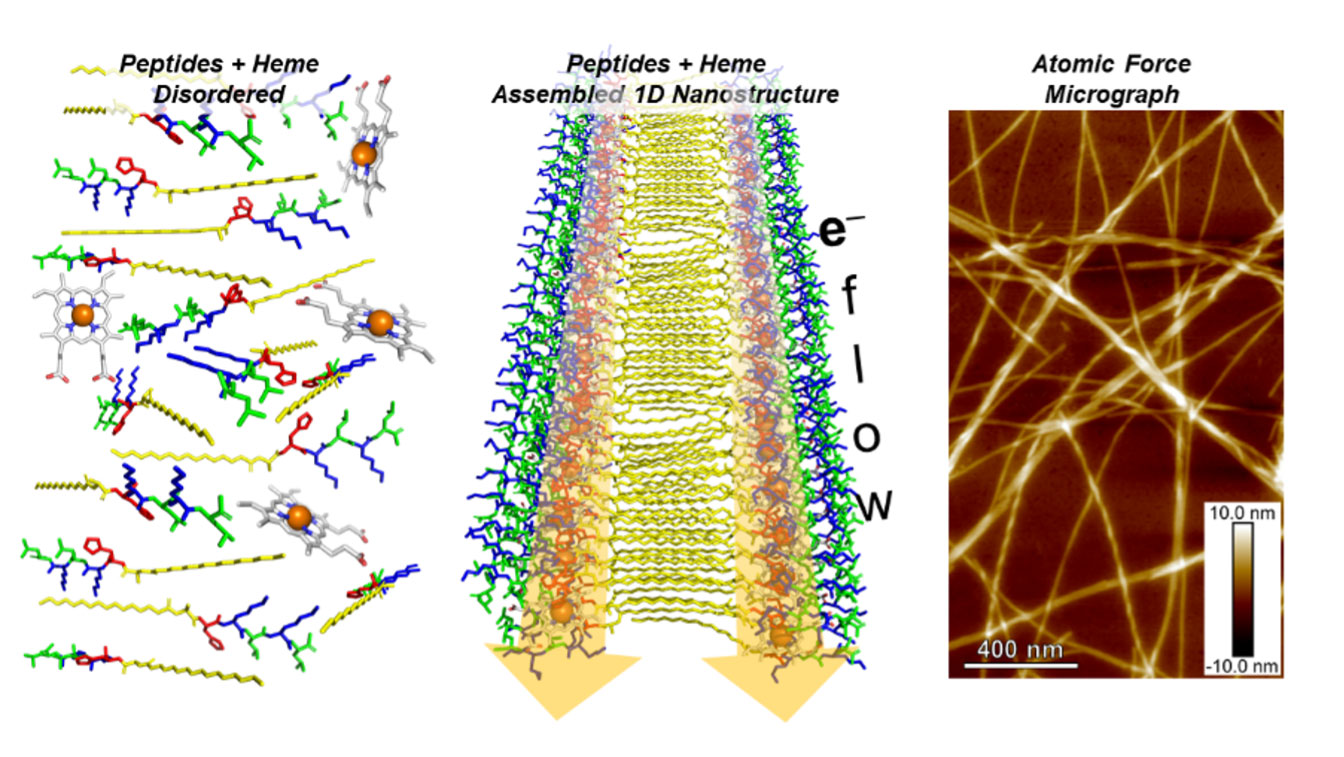
Synthetic peptide assemblies show promise as bioelectronic materials.
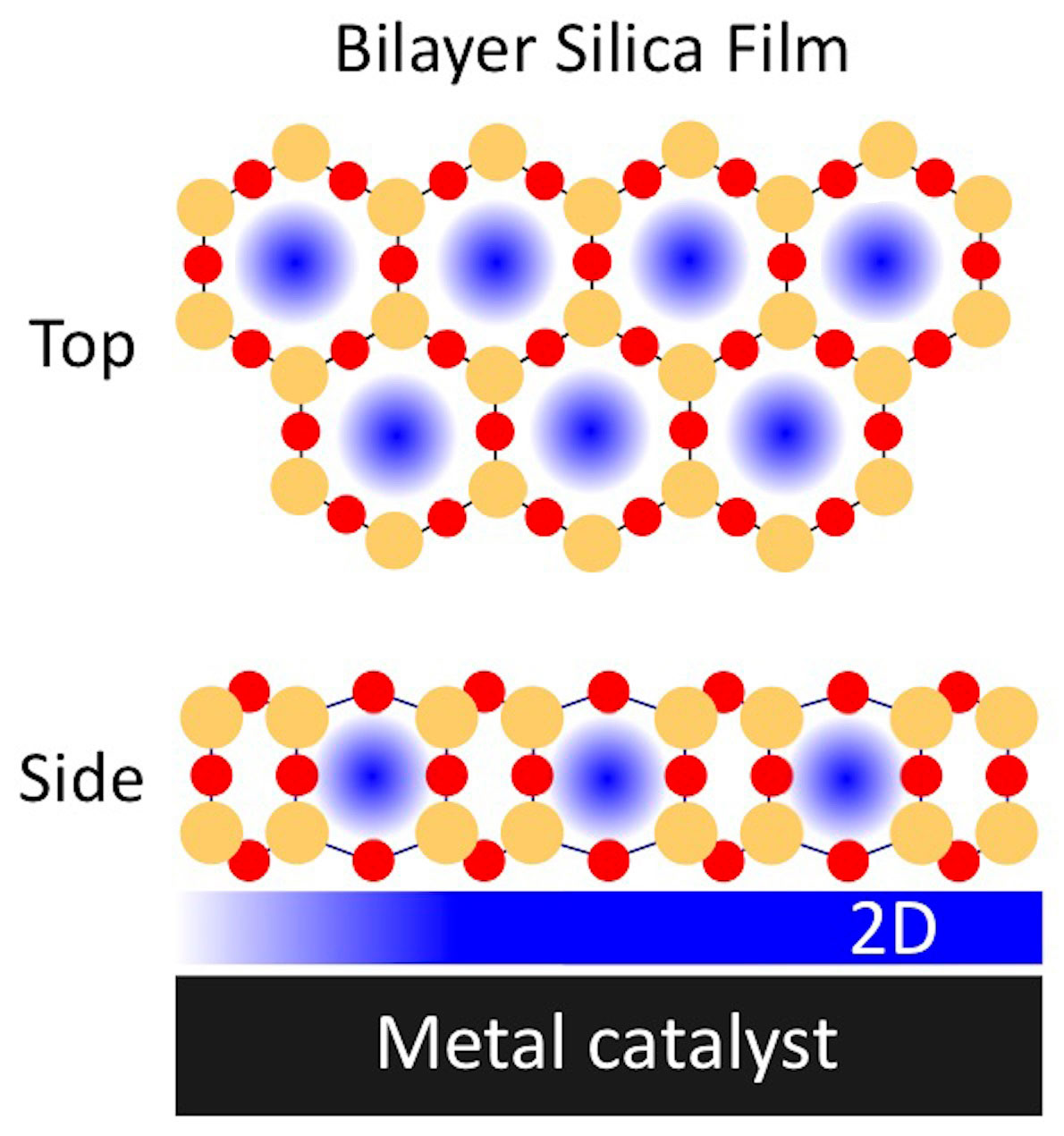
Covering metal catalyst surfaces with thin layers of oxide materials can enhance chemical reactions.
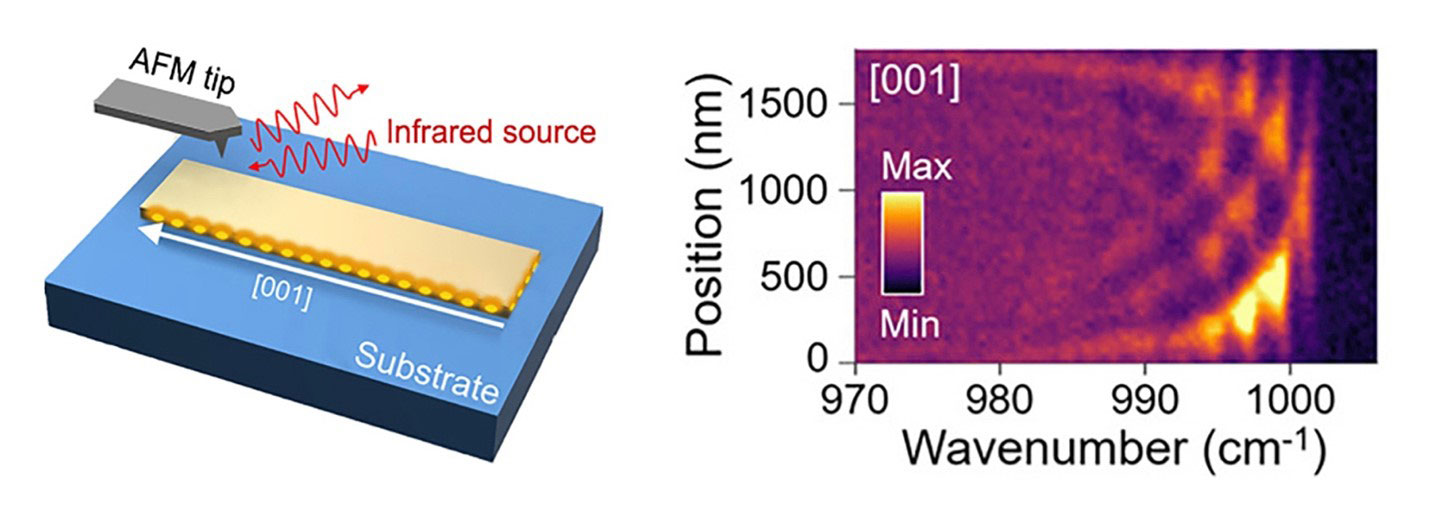
Crystalline nanoribbons synthesized to resonate with infrared light for imaging, sensing, and signaling pass a crucial test.
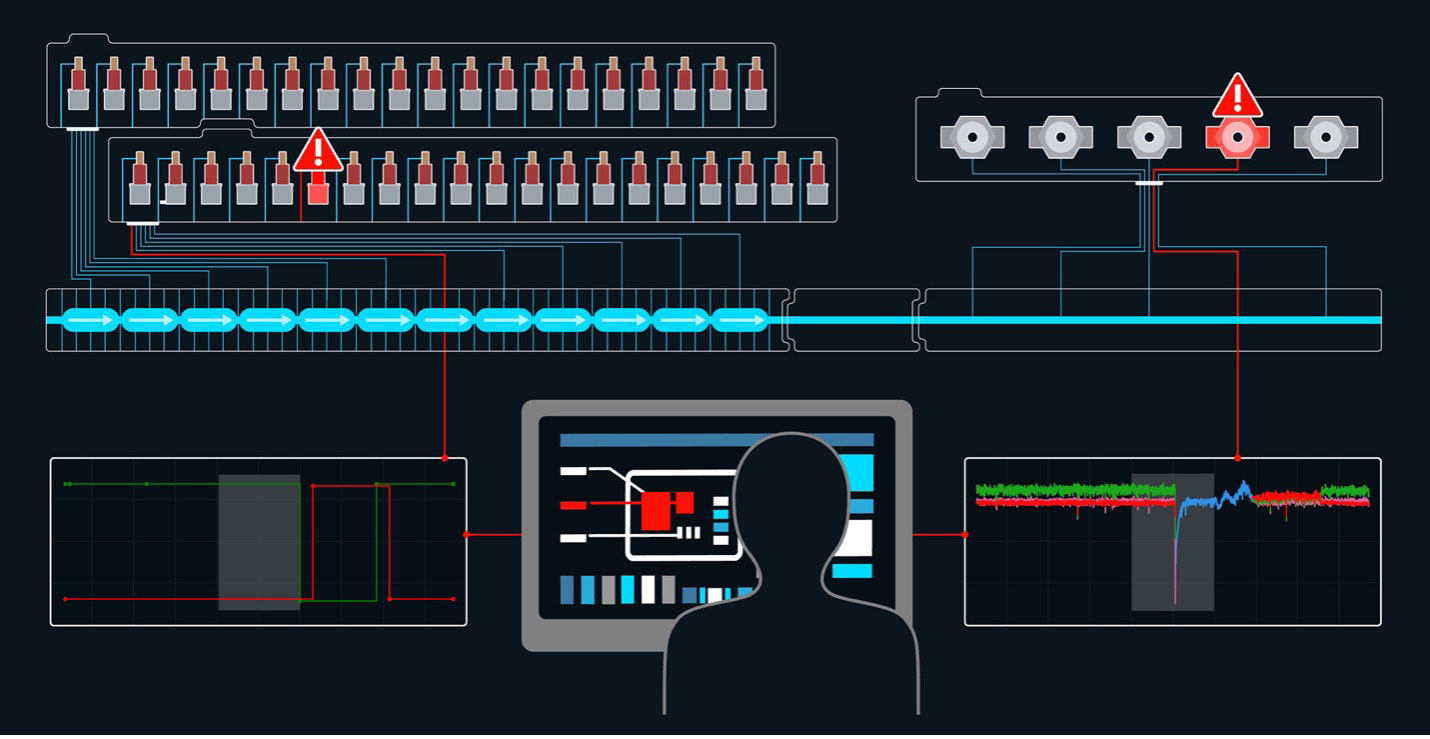
Machine learning methods support human operators in diagnosing and fixing failing subsystems in an accelerator-driven X-ray laser.
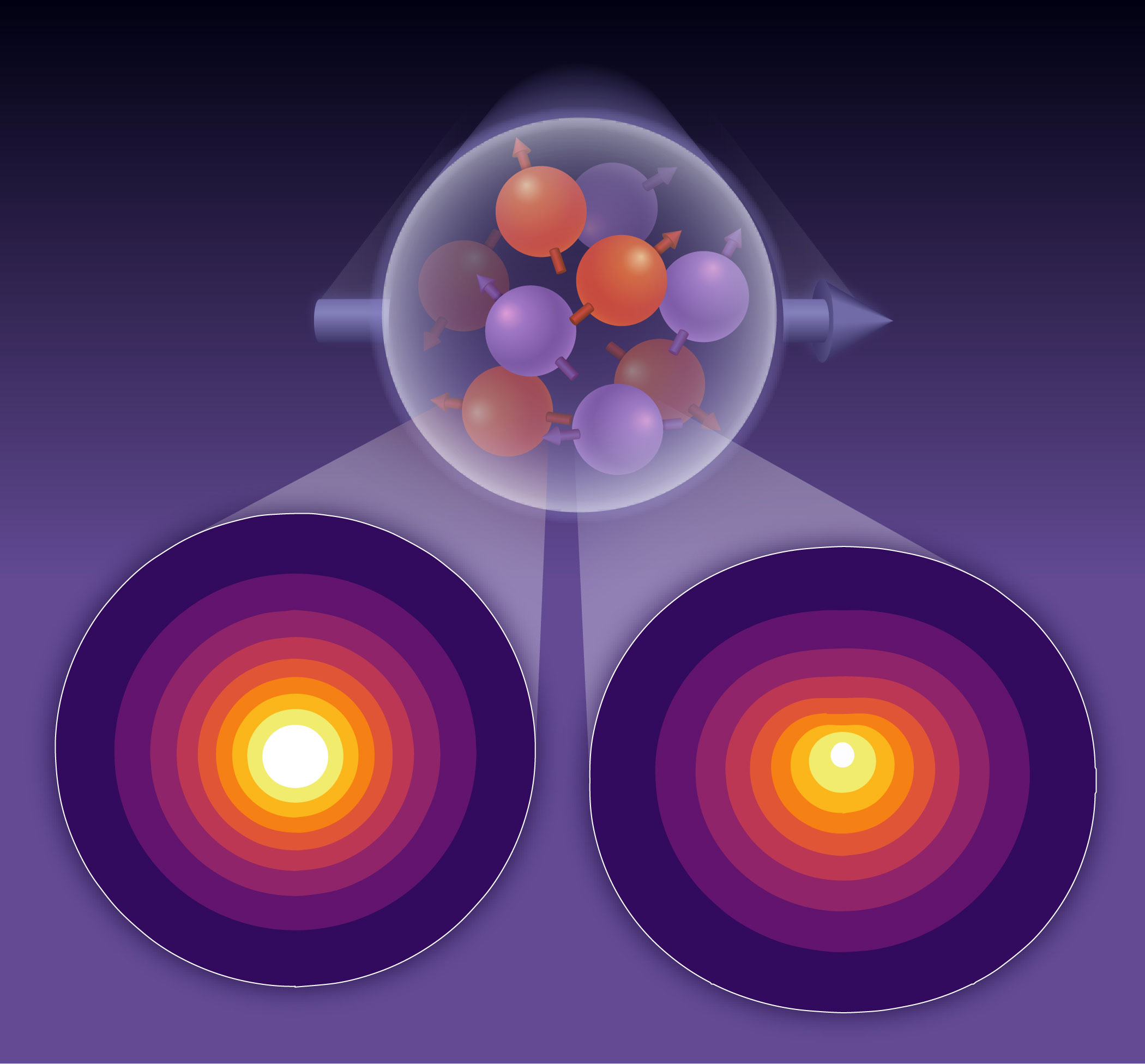
Theorists predict differential distribution of 'up' and 'down' quarks within protons—and differential contributions to the proton's properties.
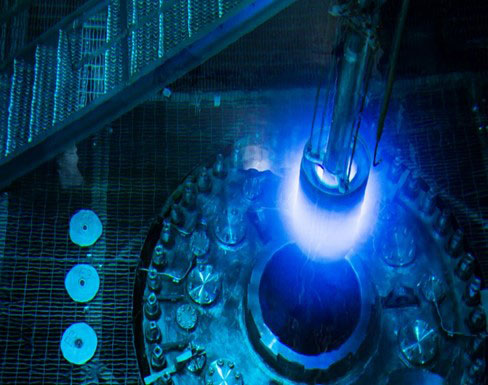
Experiment at Oak Ridge National Laboratory’s High Flux Isotope Reactor precisely measures the antineutrino energy spectrum.
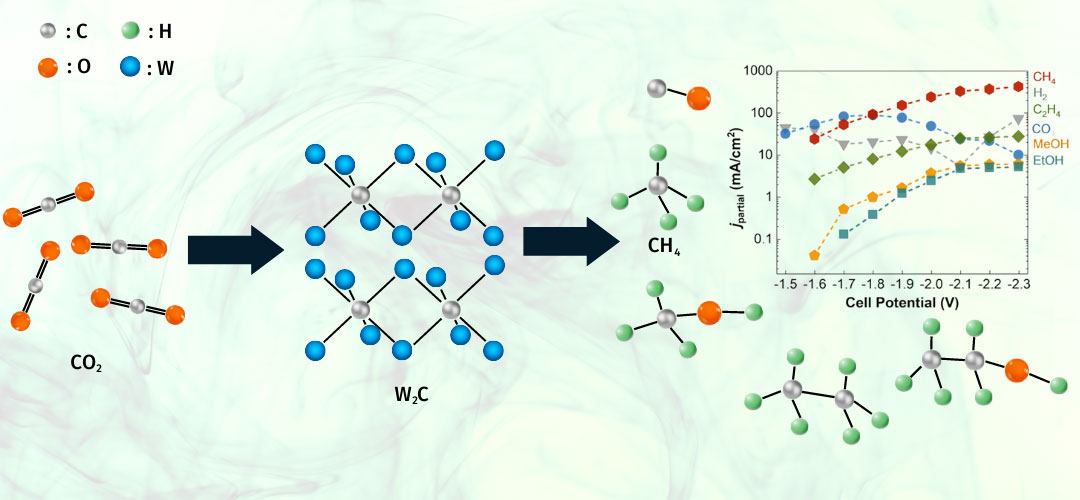
A tungsten carbide catalyst can produce a hydrocarbon from carbon dioxide at high rates and high efficiency.
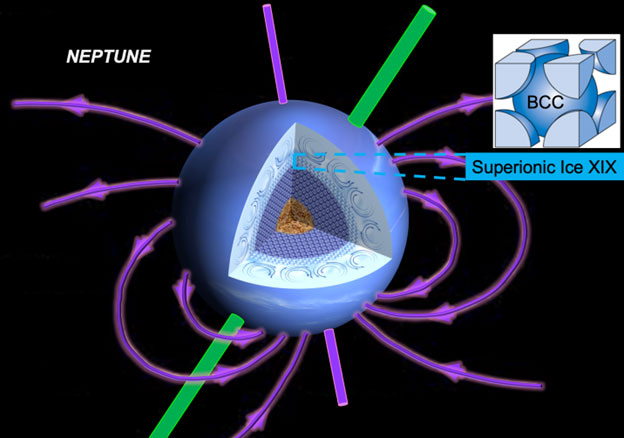
Ultrafast X-ray studies reveal the existence of Superionic Ice XIX, which could explain the unusual magnetic fields of icy giant planets.